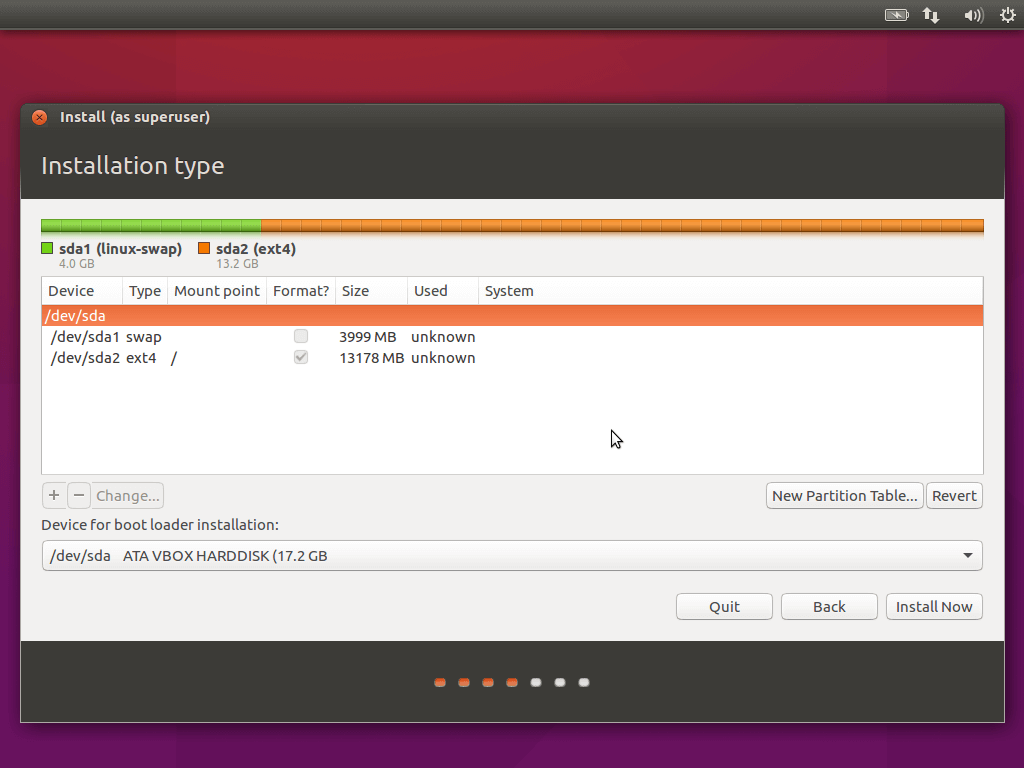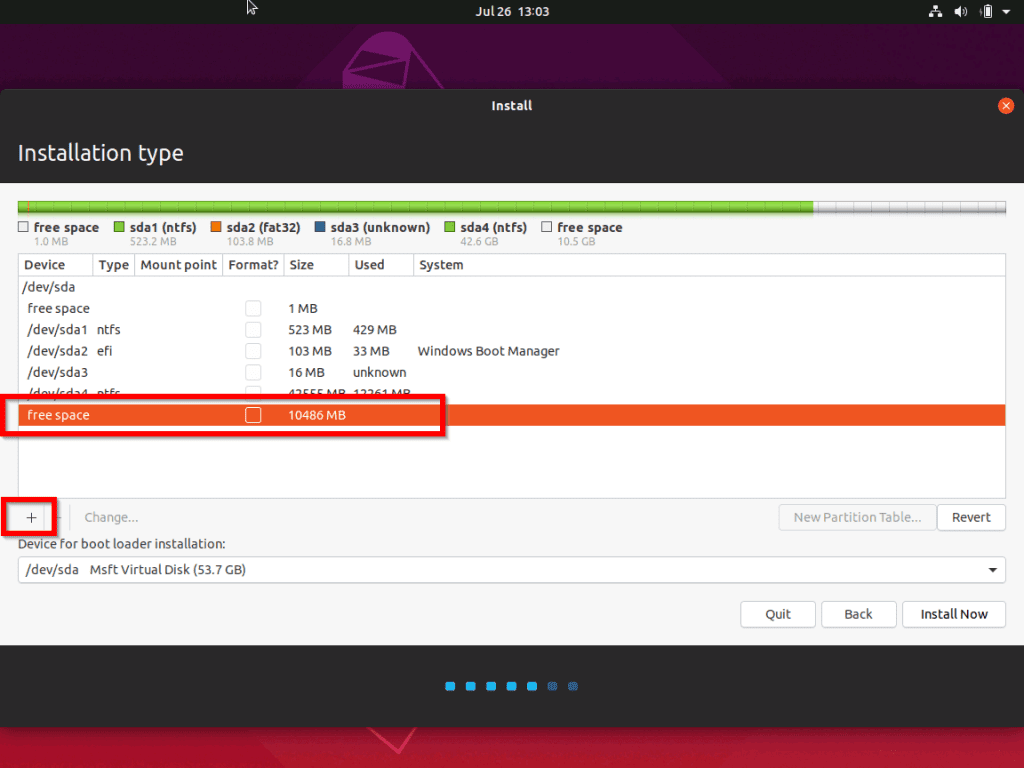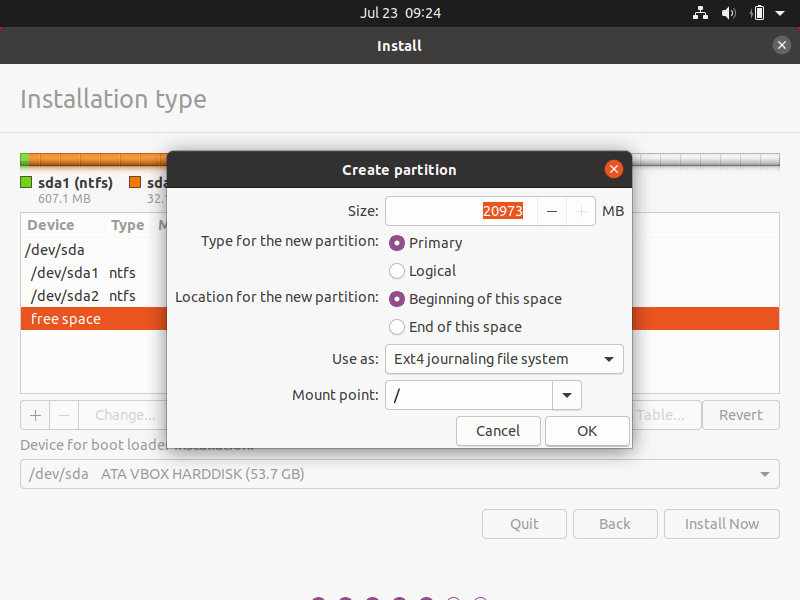

- Create efi system partition ubuntu 16.04 how to#
- Create efi system partition ubuntu 16.04 update#
- Create efi system partition ubuntu 16.04 series#
Create efi system partition ubuntu 16.04 how to#
This section will show the steps on how to create an entire exFAT partition on a USB 64GB flash drive so that all major OSs (i.e., i.e., macOS, Windows and Linux) can mount and use the data on the drive.ġ) Discover the target USB drive to create the exFAT partition with fdisk. If not use the method below: Alternate exFat Partition Creation For OS Interoperability.Īlternate exFat Partition Creation For OS Interoperability The newly formatted disk should now be read / written to by all major operating systems (i.e., macOS, Windows and Linux). The " lsblk" command shows the newly created exFAT file system with ~]# /bin/lsblk -a -o name,label,size,fstype,model /dev/sdc Use the " mkfs.exfat" command to format the exFAT file ~]# mkfs.exfat -L NVMe /dev/sdc2 Number Start End Size File system Name Flagsġ 1049kB 274MB 273MB fat32 primary boot, espĪ new exFAT partition will now be created using the remaining unused disk ~]# parted /dev/sdc (parted) mkpart primary fat32 1MiB 261MiB Number Start End Size File system Name ~]#Ī new EFI System Partition will be created using the following commands (the recommended size is at least 260 ~]# parted /dev/sdc
Create efi system partition ubuntu 16.04 update#
Information: You may need to update ~]# /sbin/parted -s /dev/sdc print

Welcome to GNU Parted! Type 'help' to view a list of commands. The GPT disk label will now be ~]# parted /dev/sdc Sector size (logical/physical): 512B/512B We can now used parted to examine the disk and see that we are starting out with an "unrecognized" disk ~]# /sbin/parted -s /dev/sdc print The first 1GB of the disk will be zeroed ~]# dcfldd if=/dev/zero of=/dev/sdc statusinterval=64 bs=1M count=1k This optional step will zero out any previous disk label. Negative LBA addresses indicate a position from the end of the volume, with −1 being the last addressable block. The corresponding partition entries are assumed to be located in LBA 2–33. In this example, each logical block is 512 bytes in size and each entry has 128 bytes. Wikipedia Reference: The layout of a disk with the GUID Partition Table. The following diagram is an example GUID Partition Table layout: The is one of the limitations for legacy MBR partitioning. GPT partitioning allows one to use all available disk space for disk drives that exceed 2TB in size. The parted disk utility will be used to create a GUID Partition Table (GPT) disk label, the EFI System Partition and the exFAT partition. The USB drive is attached to an NST system as device: " /dev/sdc".
Create efi system partition ubuntu 16.04 series#
At the time of this writing, January 02, 2020, a removable USB-C drive containing a CORSAIR FORCE Series MP500 120GB NVMe storage device will be demonstrated. A removable USB storage device containing SSD SATA or NVMe media formatted with an exFAT partition can be used to accomplish this. The purpose of this article is to create a disk that can be read / written to by all major operating systems (i.e., macOS, Windows and Linux).



 0 kommentar(er)
0 kommentar(er)
